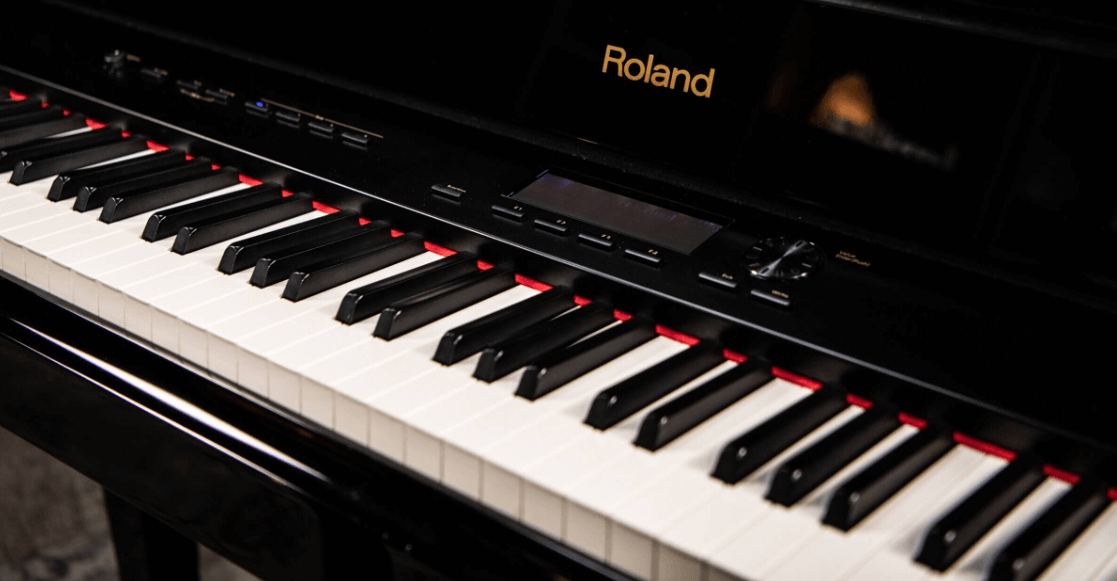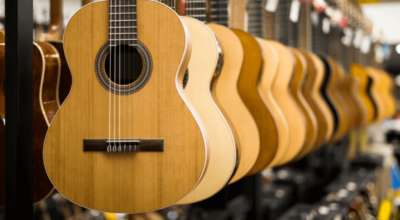Pianos, often referred to as hammer-on/string-puller-out instruments, embody sophistication and refined taste, making them a coveted asset for any musician’s repertoire. While historically associated with dedicated virtuosos of past centuries, mastering the piano is a skill every musician should aspire to possess.
The Backstory of the Piano
The evolution of pianos spans over two centuries, with J. Hawkins pioneering the first practical piano in the late 1800s and M. Müller revolutionizing it into the modern form in the early 1800s. Over time, innovations such as pedals, cast-iron frames, and unique damper arrangements transformed the instrument into the masterpiece we recognize today.

Exploring Cabinet Pianos
Cabinet pianos, the most prevalent type, boast dimensions of 1400 mm by 1200 mm, a seven-octave range, and a ground-based pedal mechanism. With their vertical console connecting to the piano’s legs and beam, they represent a significant leap in the piano’s evolution, compressing its history by about a hundred years.
Tracing Roots to Clavichords and Harpsichords
The clavichord, originating in the 14th century, serves as the piano’s ancestor, while the harpsichord, renowned for its distinctive tone, flourished in the 16th and 17th centuries across Europe. Notably, the harpsichord’s feathered rod and dual-keyboard system contribute to its unique sound and visual appeal, marking significant milestones in keyboard instrument history.

Inception and Innovation
Over the years, the demands of musical expression spurred the evolution of keyboards, culminating in the creation of the piano. Widely attributed to Bartolameo Cristofori, a Florentine, the piano saw its inception around 1709.
This revolutionary instrument, initially named gravicembalo col piano e forte, introduced hammers beneath the strings, allowing for dynamic tonal variation. French and German craftsmen further refined the design, incorporating metal plates to enhance sound quality and volume control.
Piano Manufacturing and Advancements
As specialized manufacturing emerged in the 19th century, piano production thrived. Esteemed firms like Streicher and Stein led the way, continually refining the instrument’s design and appearance. Italian, German, and English artisans made significant contributions, propelling the piano into its role as a centerpiece of musical culture.
A Shift in Musical Landscape
The piano’s invention marked a pivotal moment in music history, reshaping concert performances and captivating audiences during the Classical and Romantic eras. Renowned composers like Mozart, Haydn, Beethoven, Schumann, and Gounod embraced its versatility, composing timeless pieces that showcased the instrument’s expressive range. Even compositions not originally intended for the piano found new life, imbued with its unique charm.
Conclusion
Driven by technological innovation and a quest for dynamic musical expression, the piano has cemented its status as a hallmark of sophistication and refinement.
From grand concert halls to humble abodes, it remains a cherished companion, capable of rendering the most intricate melodies with unparalleled elegance. As it continues to evolve, the piano stands as a testament to human creativity and musical excellence.

